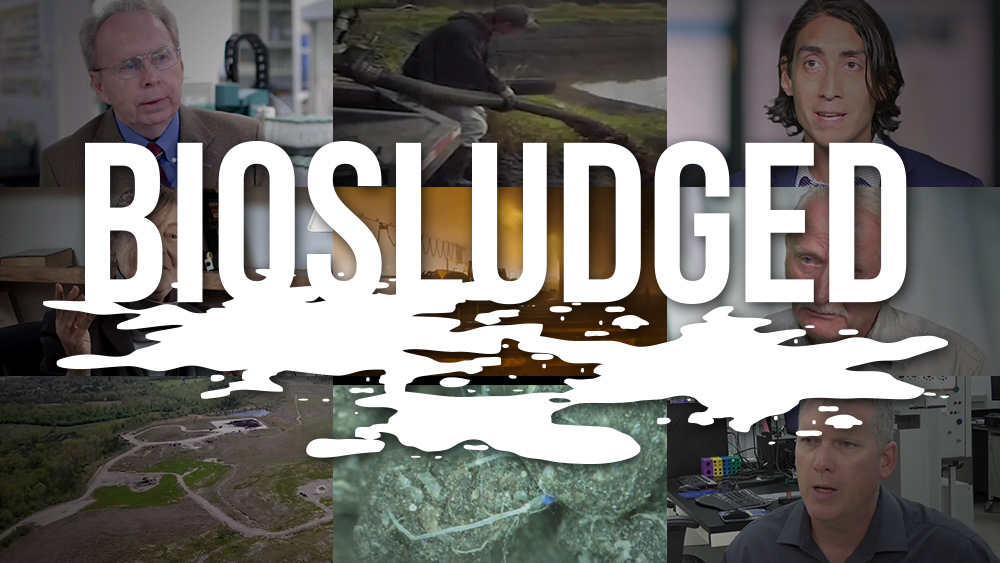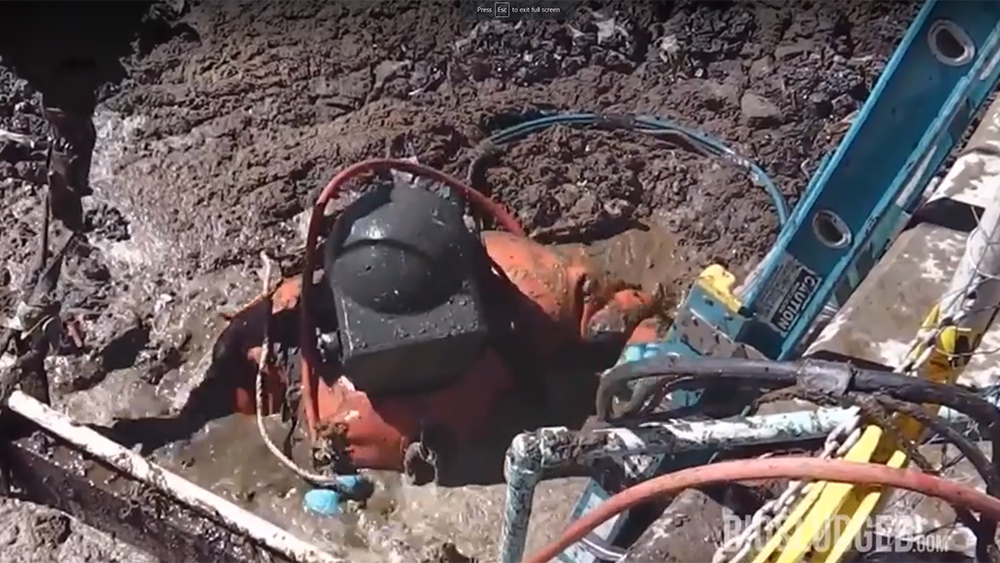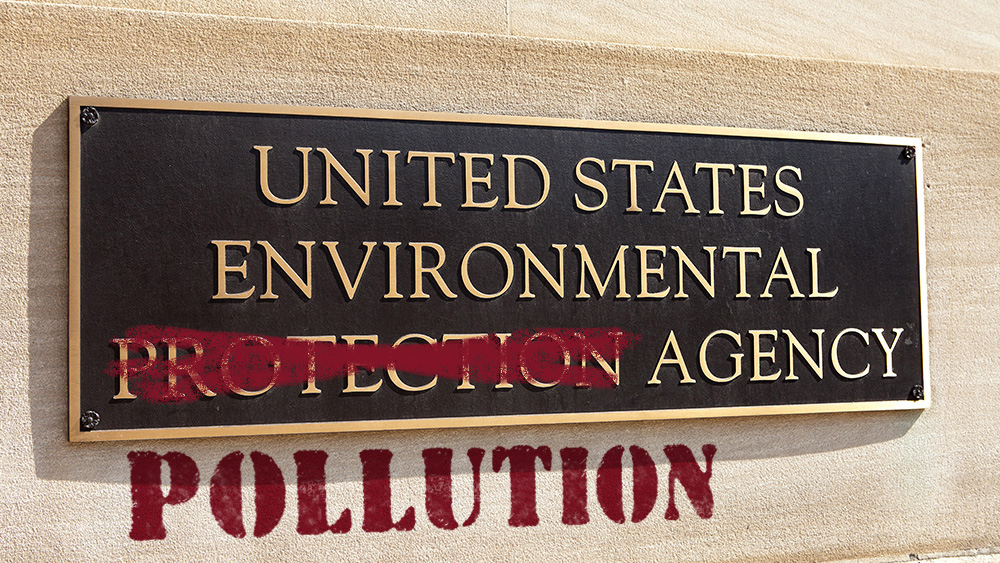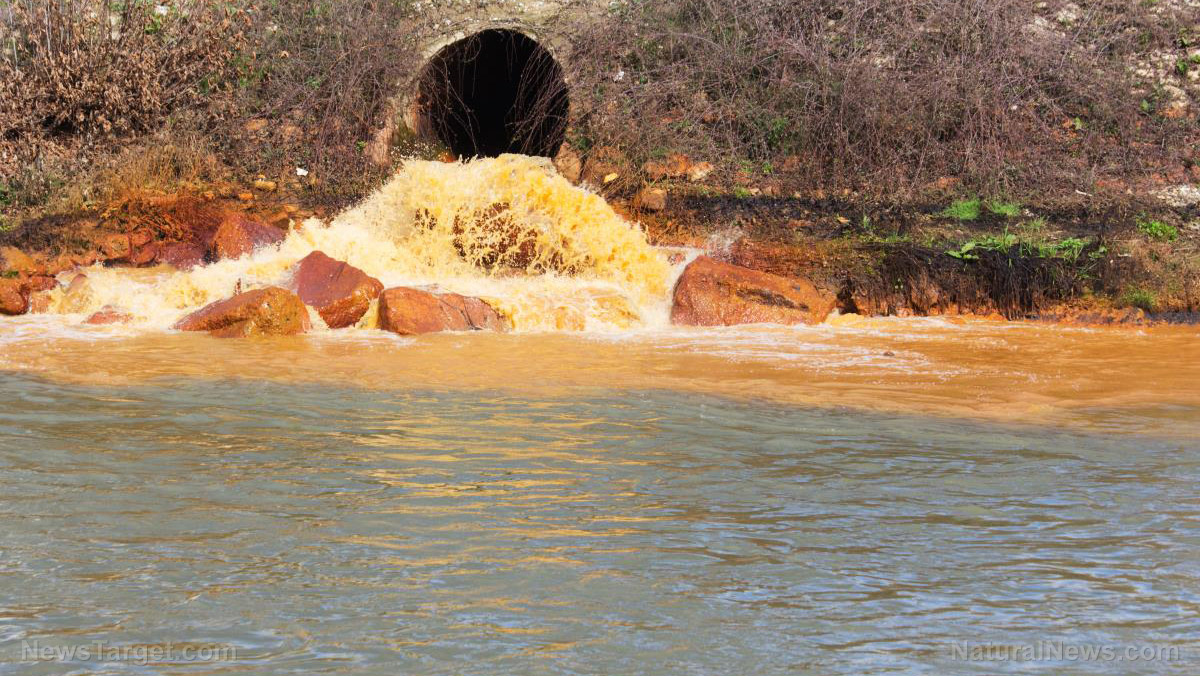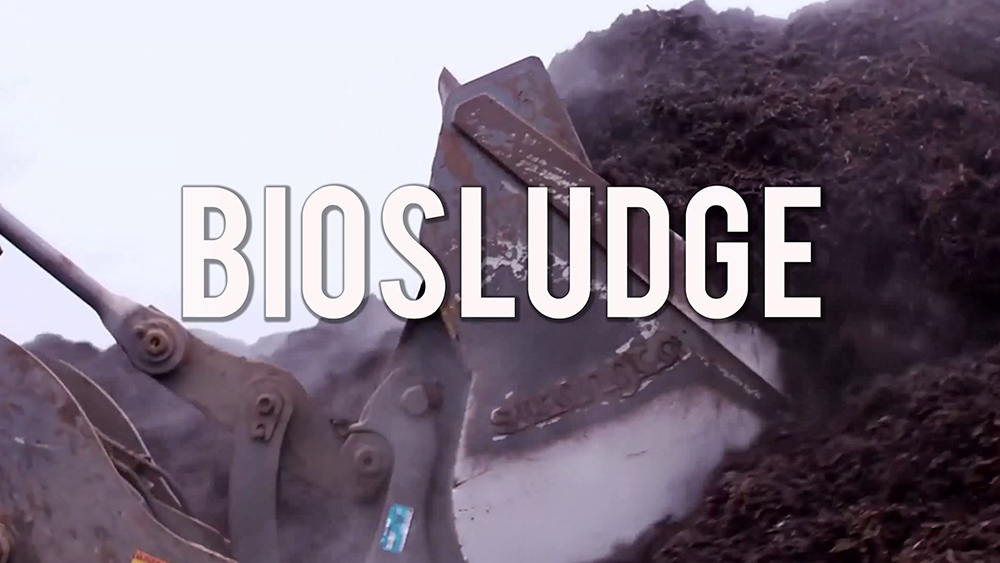Is the Grand Canyon being put in danger by nearby uranium mining?
04/19/2018 / By Edsel Cook
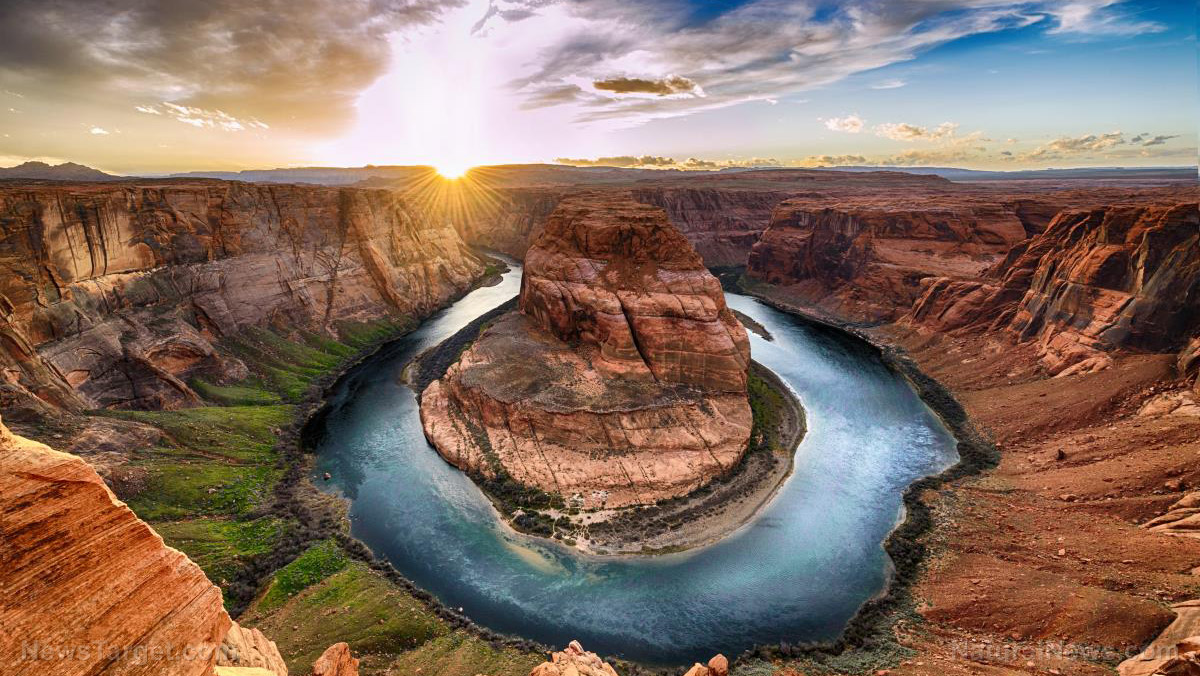
The mining industry is lobbying the Supreme Court to end the moratorium on mining uranium near the Grand Canyon. If they succeed, they could freely pillage a national landmark that provides potable water for millions of Americans, according to an article by the Environmental Working Group (EWG).
Before the moratorium was established in 2012, there were close to 3,500 mining claims near the ancient canyon. This dwindled to less than 900 active claims at the time of this writing.
Five years later, a new federal policy to enhance domestic sources of energy – such as nuclear power, which uses uranium fuel – has given the mining industry the opening it needs to renew old claims on the Grand Canyon’s natural resources.
One of the industry’s most recent moves was petitioning the Supreme Court to reverse a 2017 ruling by the Ninth Circuit Court of Appeals. The lower court previously upheld the moratorium, which was set to last until 2032.
If the two pro-mining lobby groups get their way, more than a million acres of wilderness surrounding the Grand Canyon will be opened up to destructive uranium mining. (Related: 170 million Americans may have toxic levels of radium in their tap water.)
Environmental groups warn against lifting moratorium on uranium mining
“If the Supreme Court decides in favor of the uranium industry, it could permanently scar a sacred landscape that is the jewel in the crown of America’s natural heritage, and threaten the drinking water of 40 million Americans from Los Angeles to Las Vegas,” warned Ken Cook, the president of the EWG.
According to Cook, ending the mining moratorium would deplete natural resources and endanger public health.
“The 1872 Mining Law effectively leaves public lands managers no choice but to permit proposed mines on sensitive lands like those near the Grand Canyon, unless they are specifically protected,” said Alan Septoff, a spokesperson for environmental awareness group Earthworks.
Septoff cautioned that the mining industry was responsible for contaminating 40 percent of the headwaters of Western watersheds with toxic pollution. He further pointed out that the same industry foisted the $50-billion bill for cleaning up its abandoned uranium mines on American taxpayers in the environmental equivalent of a dine-and-dash.
The 2012 moratorium forbade any new uranium mining claims at the northern and southern rims of the Grand Canyon for a maximum of 20 years. Furthermore, it called for a thorough assessment of environmental risks associated with mining, especially its potential ill effects on local sources of drinking water.
The number of active claims nosedived as mining companies cancelled their claims in the now-scrutinized area.
The Grand Canyon Trust estimated that there are 831 active uranium mining claims in the Canyon’s withdrawal area. More than 90 percent of those claims belong to British and Canadian companies.
If the Supreme Court agrees with the arguments of the uranium mining lobby, that number could quickly return to its pre-ban height in the ensuing Arizona uranium rush.
Mining activities always endanger local water supplies
The western U.S. host large deposits of valuable metals like uranium. This mineral wealth attracts mining companies, whose water-intensive activities have a long record of endangering local sources of drinking water in the West.
One of these water sources is the mighty Colorado River. Coursing through seven U.S. states and two Mexican states, the Colorado provides vast amounts of hydroelectric power and drinking water to 40 million Americans, such as the Havasupai tribe of the Grand Canyon area.
The Environmental Protection Agency (EPA) believes there are more than 500 abandoned uranium mines scattered throughout Arizona and other western states. Federal and state agencies are working to clean up these contaminated areas.
For more on water pollution and other environmental threats, visit CleanWater.news.
Sources include:
Tagged Under: Grand Canyon, Mining activities, mining operations, toxic chemicals, toxic water, uranium, uranium contamination, uranium mines, uranium mining, water health, water supply




